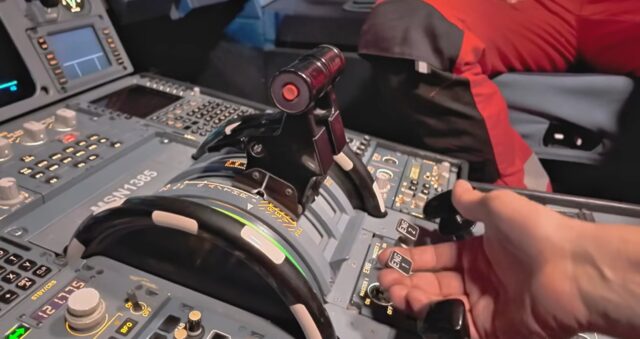Leonardo details sensor integration on Tempest

Security constraints once meant that Team Tempest were able to say that the aircraft would have an Integrated Sensing And Non-Kinetic Effects and Integrated Communication System ISANKE/ICS, but were not allowed to detail exactly what sensors were integrated.
The rules have been relaxed, and here at Farnborough (in the GCAP exhibit in Hall 5) Leonardo have an interactive model showing how the sensors are integrated, and how Tempest could operate within a wider system of systems.
Instead of using seprate sensors, Tempest will have a fully integrated fused sensing capability, providing an unparallelled situational awareness picture, providing the pilot with an enhanced view of the battlespace, maximising survivability. It is the deep integration of these sensors that qualifies Tempest for the ‘6th Generation’ tag.
A brand new MRFS (Multi-function Radio Frequency System) will provide capabilities beyond those normally associated with a traditional radar, collecting and processing unprecedented quantities of data (claimed to be equivalent to the internet traffic of a large city). The Infrared and Electro-Optical system combines Infra-Red Search and Track, Electro-Optical Targeting and Distributed Electro-Optical systems, providing passive detection and tracking of threats.
Tempest’s Integrated Communication System includes vehicle and tactical datalinks,with Beyond Line Of Sight (BLOS) capabilities. The system will dynamically self-optimise to operate best in any given tactical situation, and to enable ISANKE to operate as an adaptive mesh across formations of widely separated manned and unmanned aircraft.
The ISANKE system will also incorporate significant electronic warfare capabilities, making it more resilient in tomorrow’s congested and contested battlespace.
















